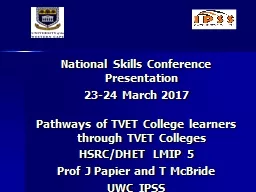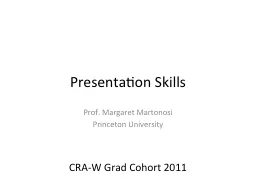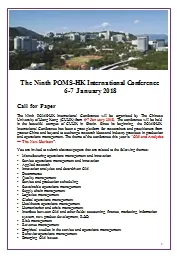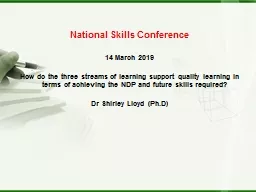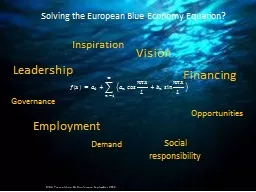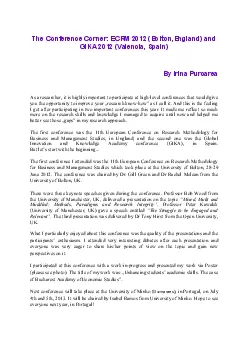PPT-National Skills Conference Presentation
Author : naomi | Published Date : 2021-01-28
2324 March 2017 Pathways of TVET College learners through TVET Colleges HSRCDHET LMIP 5 Prof J Papier S Needham and T McBride UWC IPSS Research Study The research
Presentation Embed Code
Download Presentation
Download Presentation The PPT/PDF document "National Skills Conference Presentation" is the property of its rightful owner. Permission is granted to download and print the materials on this website for personal, non-commercial use only, and to display it on your personal computer provided you do not modify the materials and that you retain all copyright notices contained in the materials. By downloading content from our website, you accept the terms of this agreement.
National Skills Conference Presentation: Transcript
Download Rules Of Document
"National Skills Conference Presentation"The content belongs to its owner. You may download and print it for personal use, without modification, and keep all copyright notices. By downloading, you agree to these terms.
Related Documents

